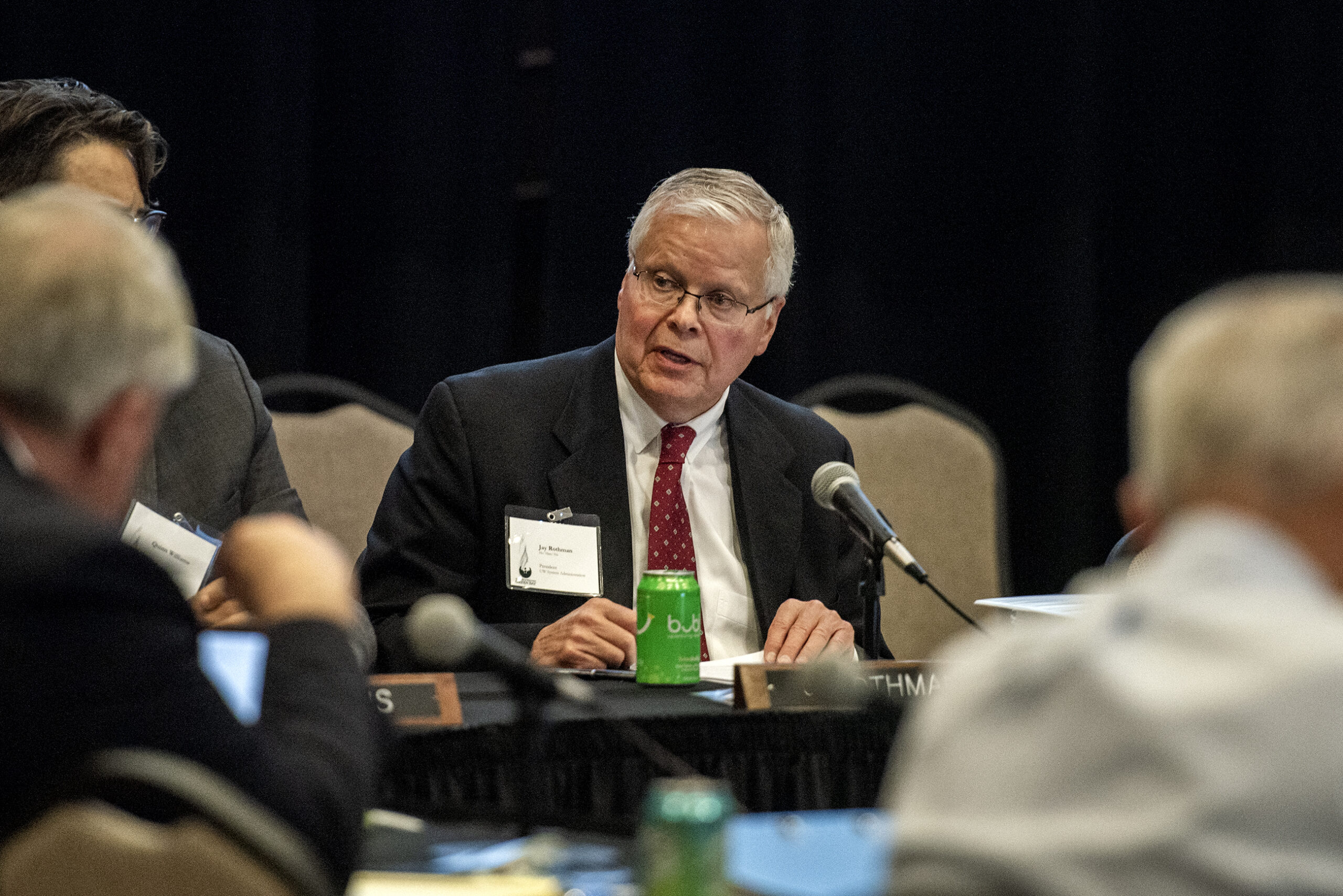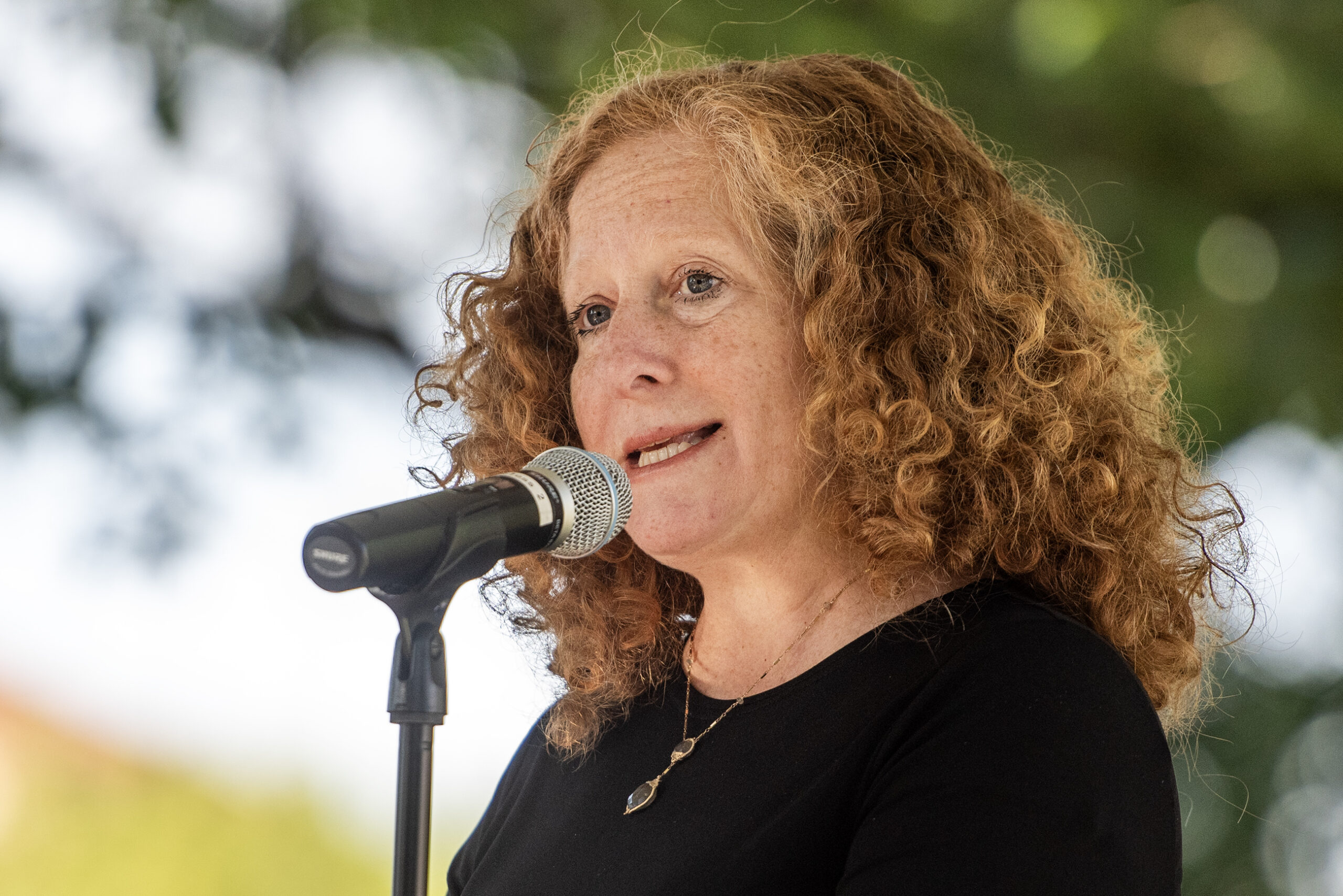A new study published by researchers at the University of Wisconsin-Madison found that a majority of students on campus involved in random tests did not engage in discriminatory behaviors toward students from underrepresented groups.
The hope is that results can be used to develop more targeted ways to promote diversity and inclusion efforts on college campuses.
UW-Madison psychology professor Markus Brauer said he and fellow researchers set out to measure people’s behavior toward those belonging to different ethnic, social and religious groups. To do that, a team of student actors spread out on campus with observers in tow to study reactions in six different scenarios involving white, Black, Latinx, Muslim and gay students.
Stay informed on the latest news
Sign up for WPR’s email newsletter.
In one example the actors dropped index cards in an elevator to see whether bystanders reacted differently to students from underrepresented groups than they did to those where not. Brauer said there were some differences but overall test subjects assisted actors regardless of race, religion or sexual preference.
Another scenario had actors leave an open seat beside them on a campus bus. Again, Brauer said there was no measurable difference in whom other test subjects sat next to.
Brauer said that through all the experiments, Latinx and Black individuals were treated more negatively in the random trials, which was statistically significant. But in general, he said the differences were slight.
“And in all six of those, we sort of found a similar effect, which is that actually the numerical majority of individuals on campus at the University of Wisconsin-Madison did not treat the individual belonging to an underrepresented social group more negatively than the other, an individual,” said Brauer.
Brauer stresses that the research is not implying that racism or discriminatory behavior is not a factor on campus. He said students in underrepresented groups experience it often.
Brauer said the data gleaned from the study can be used to develop more effective strategies to promote inclusive behaviors. Brauer said generally, for messaging campaigns encouraging people to do things like exercise, the strategy is to tell people it’s the right thing to do and that it’s common among peers.
“In the diversity domain, we sort of do something different,” said Brauer. “We tell people, ‘Well, discriminating is bad but most of your peers discriminate. There are all these biases. Discrimination is rampant. Everybody engages in discrimination.’”
With the data showing that a majority of those involved in random testing did not discriminate against members of underrepresented groups, Brauer said they can better target diversity messaging.
“You really want to tell the racist you are a numerical minority, most of the people are not like you,” said Brauer. “Do not think one second that other people share your points of view because the majority of the people actually support Black Lives Matter and are opposed to systemic injustice and try to create a welcoming, inclusive climate.”
Brauer said his team has already created a video promoting the majority consensus that inclusive behavior is common among the student body, which was played in numerous UW-Madison classrooms. Student surveys were conducted 13 weeks later among those in classrooms that watched the video and those that did not. Brauer said those that did reported more positive attitudes toward different social groups and greater support to the university’s commitment to diversity.
Notably, Brauer said underrepresented students who watched the video with classmates reported fewer instances of being the target of discrimination.
Brauer said the results from the study are specific to the UW-Madison campus and are limited to the behaviors researchers observed, but he said they could help inform other universities seeking to update their communication strategies when promoting campus diversity and inclusion policies.
Editor’s note: Wisconsin Public Radio is a service of the University of Wisconsin-Madison and the Wisconsin Educational Communications Board.
Wisconsin Public Radio, © Copyright 2024, Board of Regents of the University of Wisconsin System and Wisconsin Educational Communications Board.





